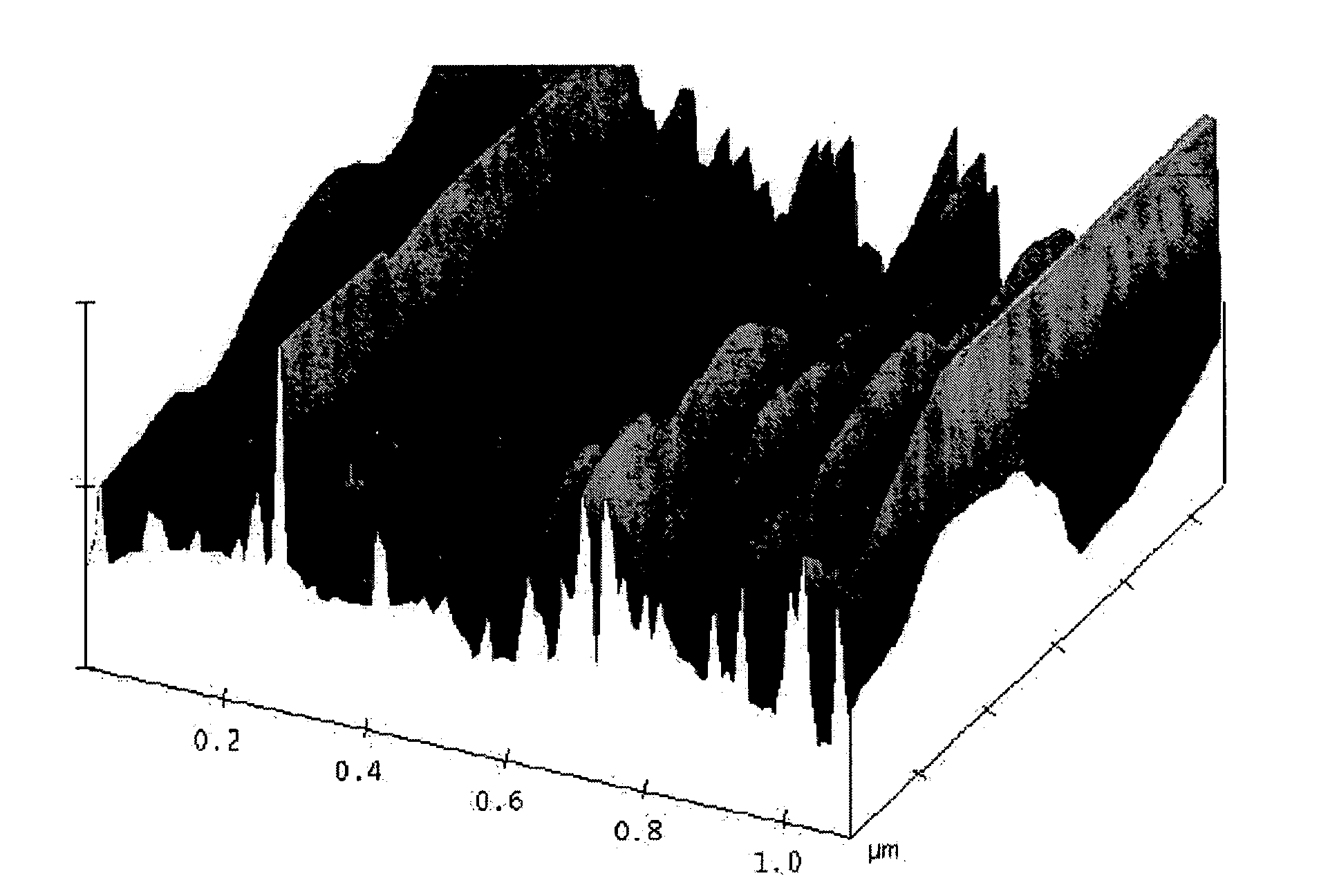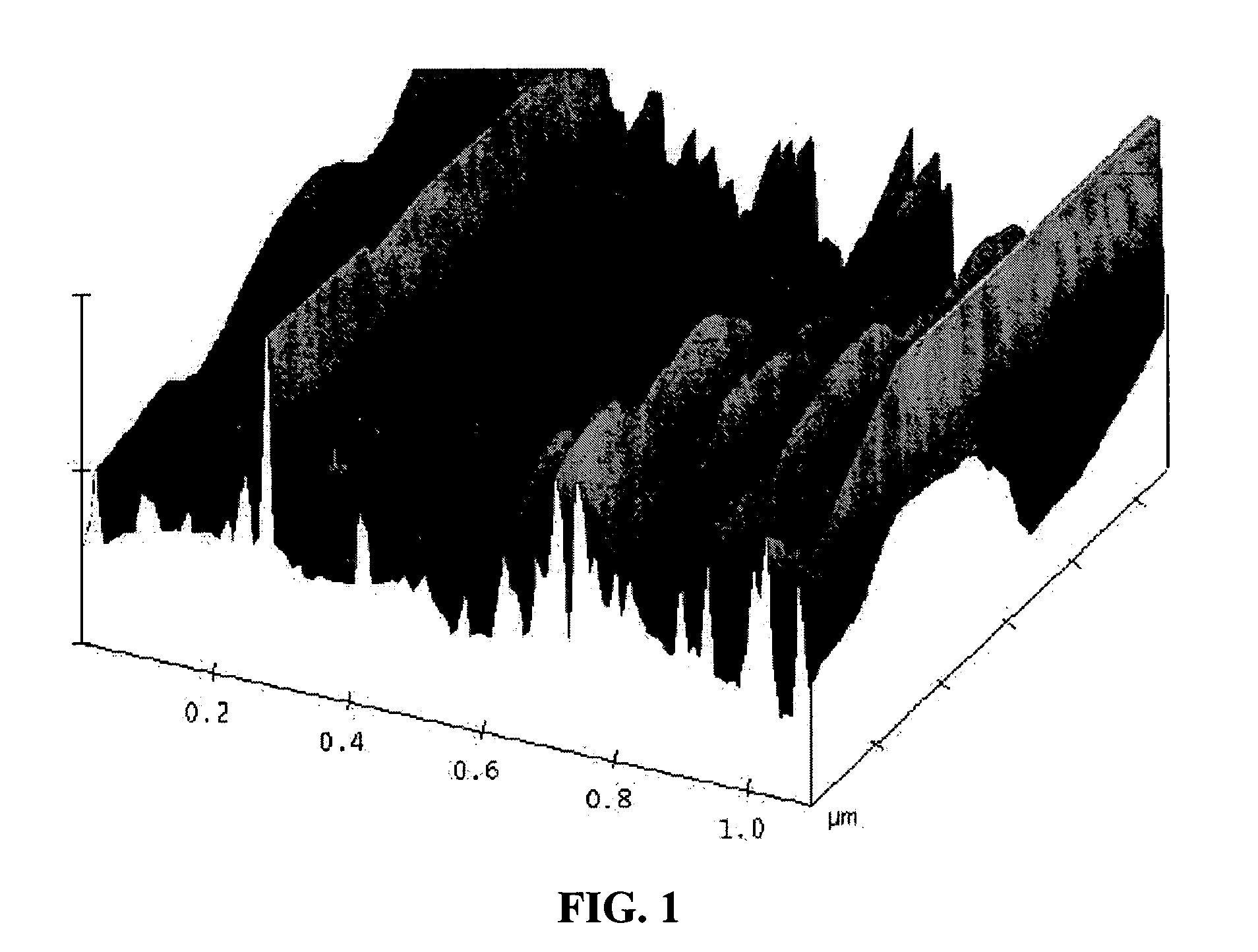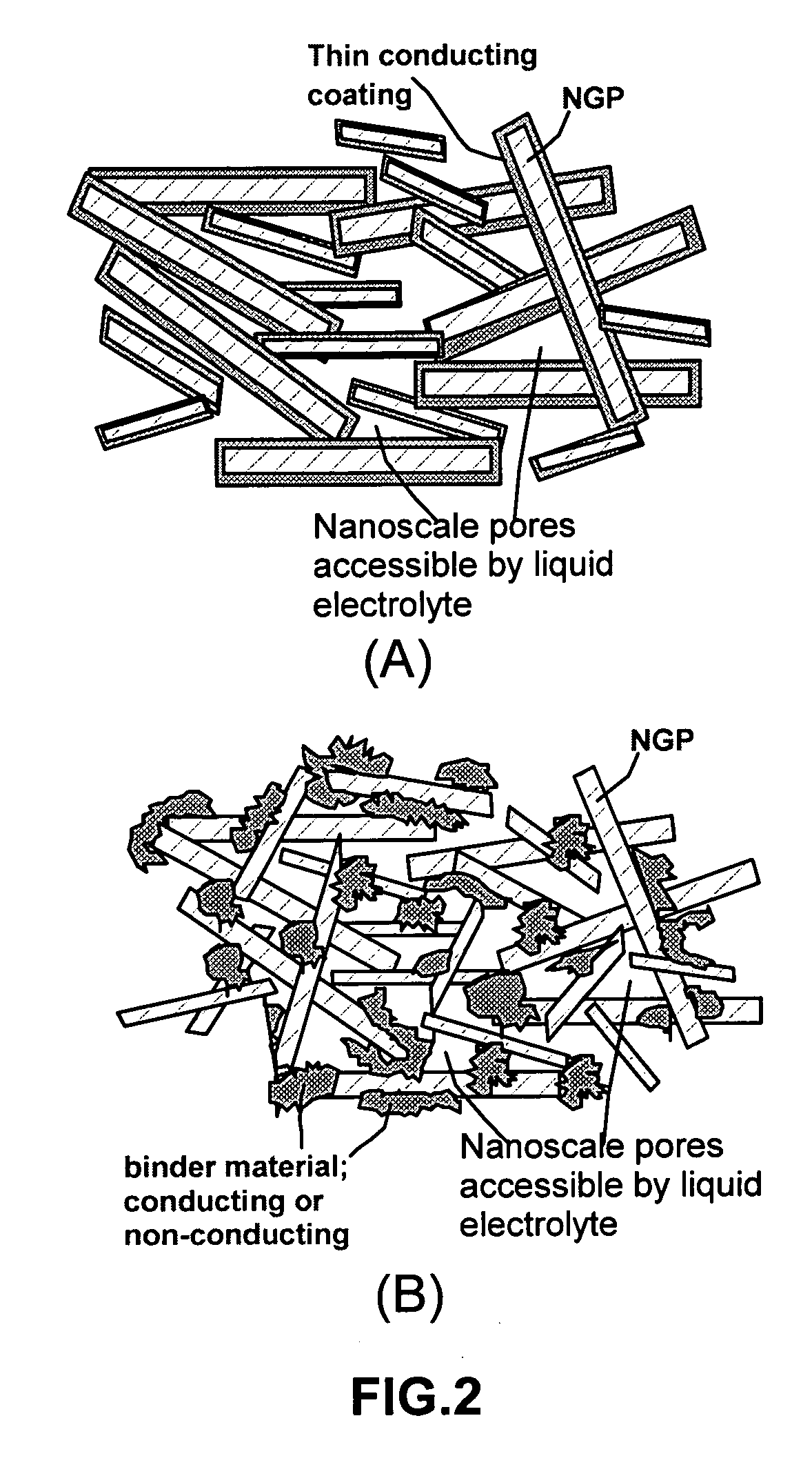Process for producing nano-scaled graphene platelet nanocomposite electrodes for supercapacitors
a nano-scaled graphene platelet and supercapacitor technology, applied in the direction of electrolytic capacitors, other domestic articles, coatings, etc., can solve the problems of nanotubes or nanofibers, nanotubes and nanofibers are extremely expensive, and both materials tend to form a tangled mess resembling a hairball, so as to increase the specific surface area and electrical conductivity. , the effect of increasing the surface area
- Summary
- Abstract
- Description
- Claims
- Application Information
AI Technical Summary
Benefits of technology
Problems solved by technology
Method used
Image
Examples
example 1
Poly(3-Methyl-Thiophene)-Coated NGPs
[0083]Electronically conductive polymers by themselves are promising supercapacitor electrode materials because the charge process involves the entire polymer mass and they provide low equivalent series resistance for the electrode. When combined with an NGP-type substrate material, the conducting polymer can impart pseudo-capacitance to the electrode. One desirable conductive polymer selected was poly(3-methyl-thiophene) (pMeT), particularly its p-doped variant. Poly(3-methyl-thiophene) could be synthesized by oxidative chemical polymerization technique using ferric chloride as a dopant in an inert atmosphere. However, we chose to prepare PMeT doped with different anions electrochemically in the presence of tetra-alkyl-ammonium salts using an NGP mat as an electrode. The specific capacitance of an NGP mat (average NGP thickness=5.2 nm, length=490 nm, and width=490 nm) with no further treatment was found to be 38 F / g, which was increased to 93 F / g...
example 2
Polypyrrole-Coated NGPs
[0084]Polypyrrole (PPy) can be prepared by electrochemical polymerization with well-controlled growth rates and film thickness. When a monomer solution was electrolyzed in the presence of Et4N+BF4−, a blue-black conducting polymer was produced at the anode. This electrode was made of a NGP-based mat using a slurry molding process shown in FIG. 5 without a binder polymer. The produced PPy was in the doped state. Several NGP groups with thickness ranging from approximately 1.9 nm to approximately 82 nm were prepared for the present study. As indicated in FIG. 6, the specific capacitance of the NGP mat electrode without any further surface treatment was in the range from 5.2 F / g (for the mat with average NGP thickness of about 82 nm) to 82 F / g (for NGP thickness of approximately 1.9 nm). With a PPy coating, the corresponding values were in the range of 41 F / g-143 F / g, indicating a significant pseudo-capacitance effect.
example 3
NGP-carbon black with a Teflon Binder
[0085]Carbon black (Black Pearls 2000 from Cabot) and NGPs (at a ratio of 5:5, 8:2, and 10:0 (pure carbon black)) were mixed and dispersed in deionized water. A Teflon particle suspension was poured into the carbon black-NGP-deionized water slurry and thoroughly stirred. The resulting sludge was dried to a dough and rolled into a Nickel net to form an electrode of 0.2 mm thickness, which was sintered at 320° C. under a pressure of 4 kg / cm2. The electrolyte used was 1 M tetra-ethyl-ammonium tetrafluoroborate (TEABF4) in acetonitrile. The specific capacitance of these three samples falls into the range of 70-80 F / g. However, the sample with the CB / NGP ratio of 5:5 exhibits an electrical conductivity greater than 100 S / cm while the pure CB sample (10:0 ratio) has a conductivity lower than 0.1 S / cm. This implies that the NGP can dramatically reduce the equivalent series resistance of a carbon black or activated carbon-based supercapacitor electrode m...
PUM
| Property | Measurement | Unit |
|---|---|---|
| thickness | aaaaa | aaaaa |
| surface area | aaaaa | aaaaa |
| surface area | aaaaa | aaaaa |
Abstract
Description
Claims
Application Information
 Login to View More
Login to View More - R&D
- Intellectual Property
- Life Sciences
- Materials
- Tech Scout
- Unparalleled Data Quality
- Higher Quality Content
- 60% Fewer Hallucinations
Browse by: Latest US Patents, China's latest patents, Technical Efficacy Thesaurus, Application Domain, Technology Topic, Popular Technical Reports.
© 2025 PatSnap. All rights reserved.Legal|Privacy policy|Modern Slavery Act Transparency Statement|Sitemap|About US| Contact US: help@patsnap.com



